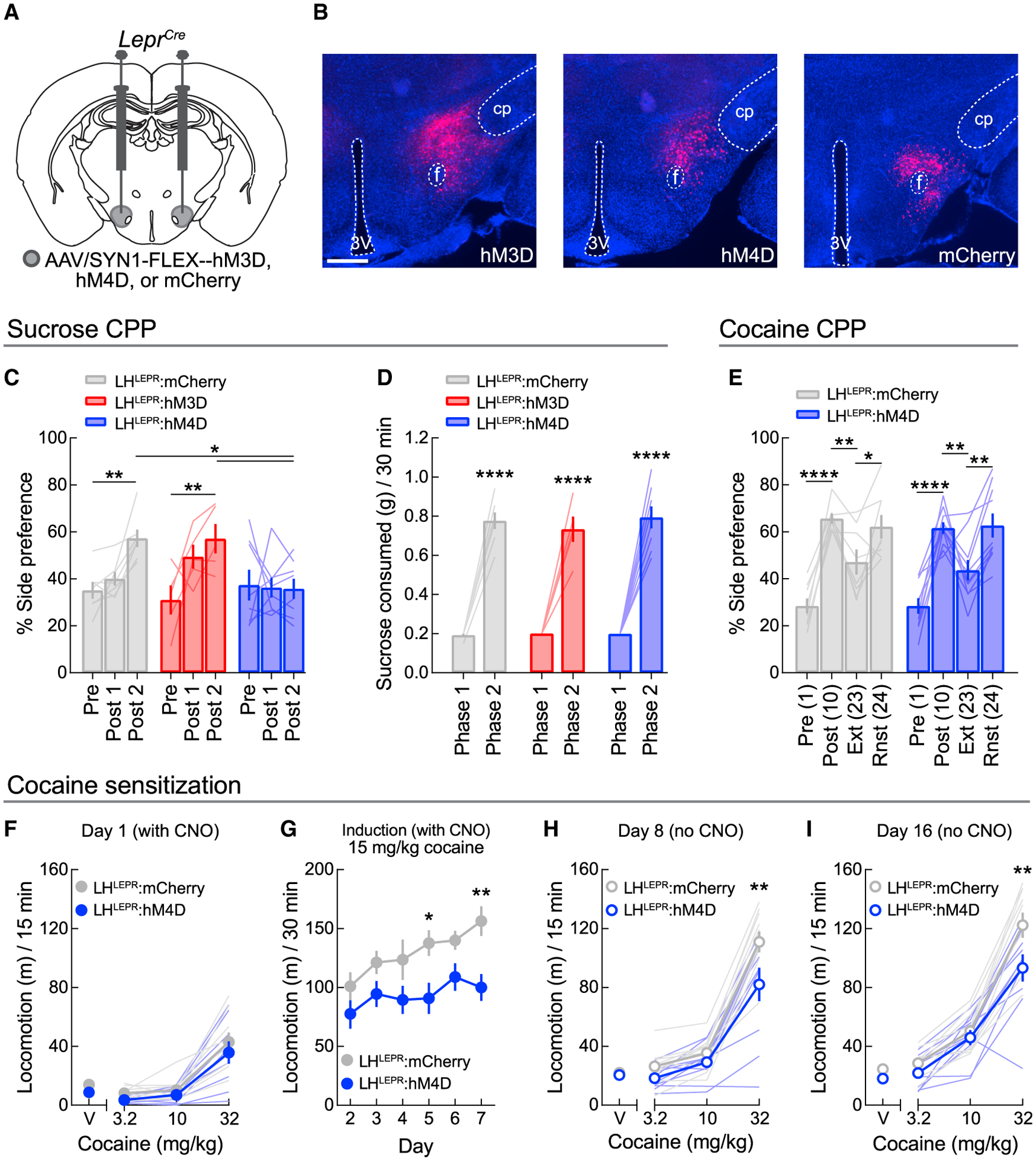Figure 5. LHLEPR neurons do not regulate cocaine-context learning.

(A) Viral injection schematic.
(B) Representative images of hM3D, hM4D, and mCherry in the LH of LeprCre mice. Scale bar, 500 μm.
(C) Chemogenetic LHLEPR manipulations did not affect phase 1 sucrose CPP (post 1), but inhibition blunted the development of CPP following phase 2 training (p = 0.0136). Bonferroni post-tests for LHLEPR:mCherry (**p = 0.0022) and LHLEPR:hM3D mice (**p = 0.0023) in post 2 as compared to pre. Sucrose-side preference was blunted in LHLEPR:hM4D mice as compared to LHLEPR:mCherry (**p = 0.0049) and LHLEPR:hM3D mice (*p = 0.0127).
(D) Chemogenetic manipulations did not affect sucrose consumption in either conditioning phase. Each group consumed more sucrose during phase 2 training (****p < 0.0001).
(E) Inhibition did not affect the induction of cocaine CPP or reinstatement following extinction. Pre, pre-test; Post, post-test; Ext, extinction test; Rnst, reinstatement test. *p < 0.05, **p < 0.01, ****p < 0.0001.
(F) No acute effects of inhibition were observed on the locomotor-stimulating effects of cocaine.
(G) LHLEPR inhibition during daily cocaine treatment blunted increases in locomotion. *p = 0.043, **p = 0.0078.
(H and I) Prior LHLEPR inhibition attenuated the locomotor-stimulating effects of cocaine following (H) 1 day and (I) 7 days cocaine abstinence; **p < 0.01.
Data represented as means ± SEMs; n = 5–10 mice/group.
